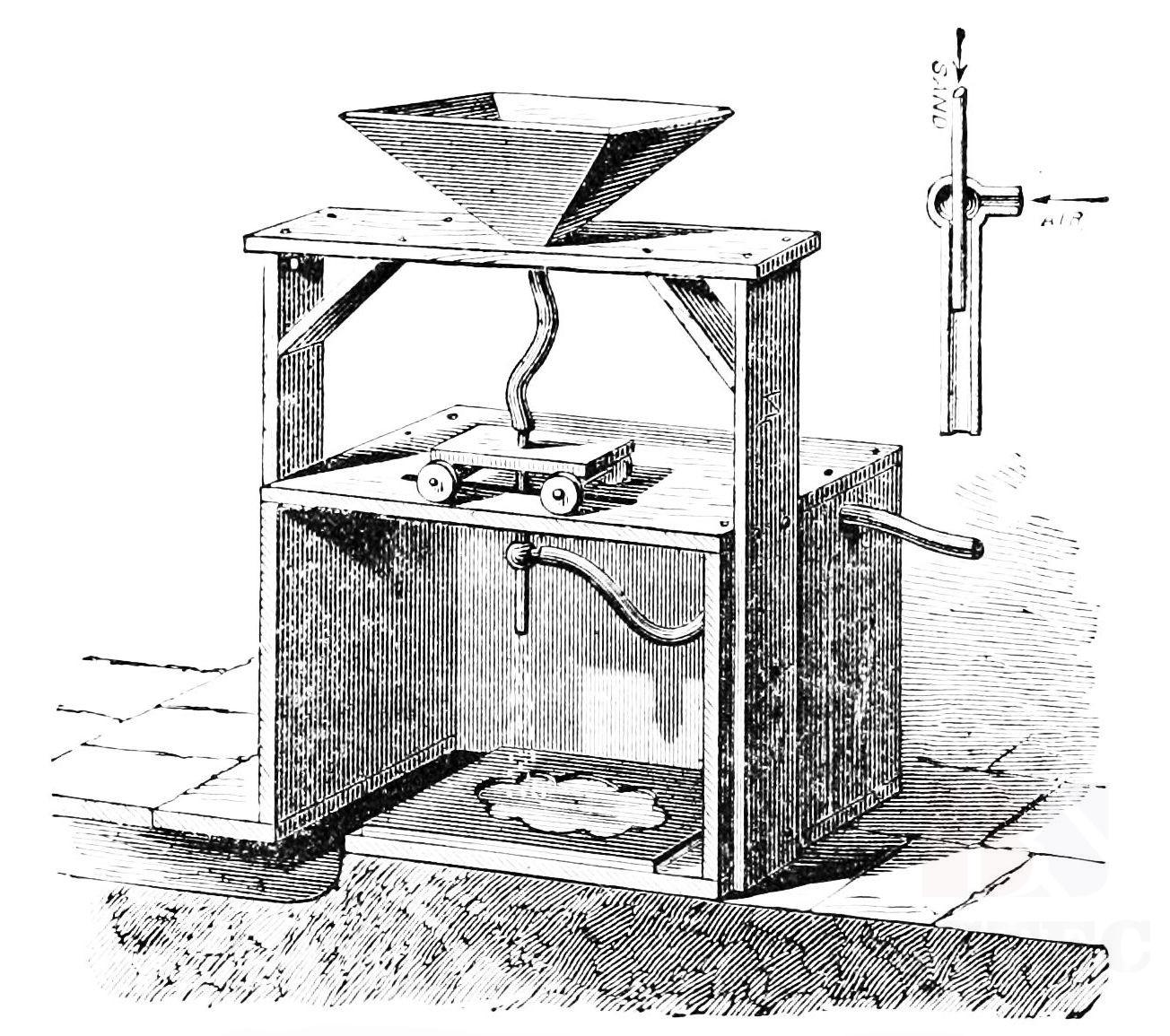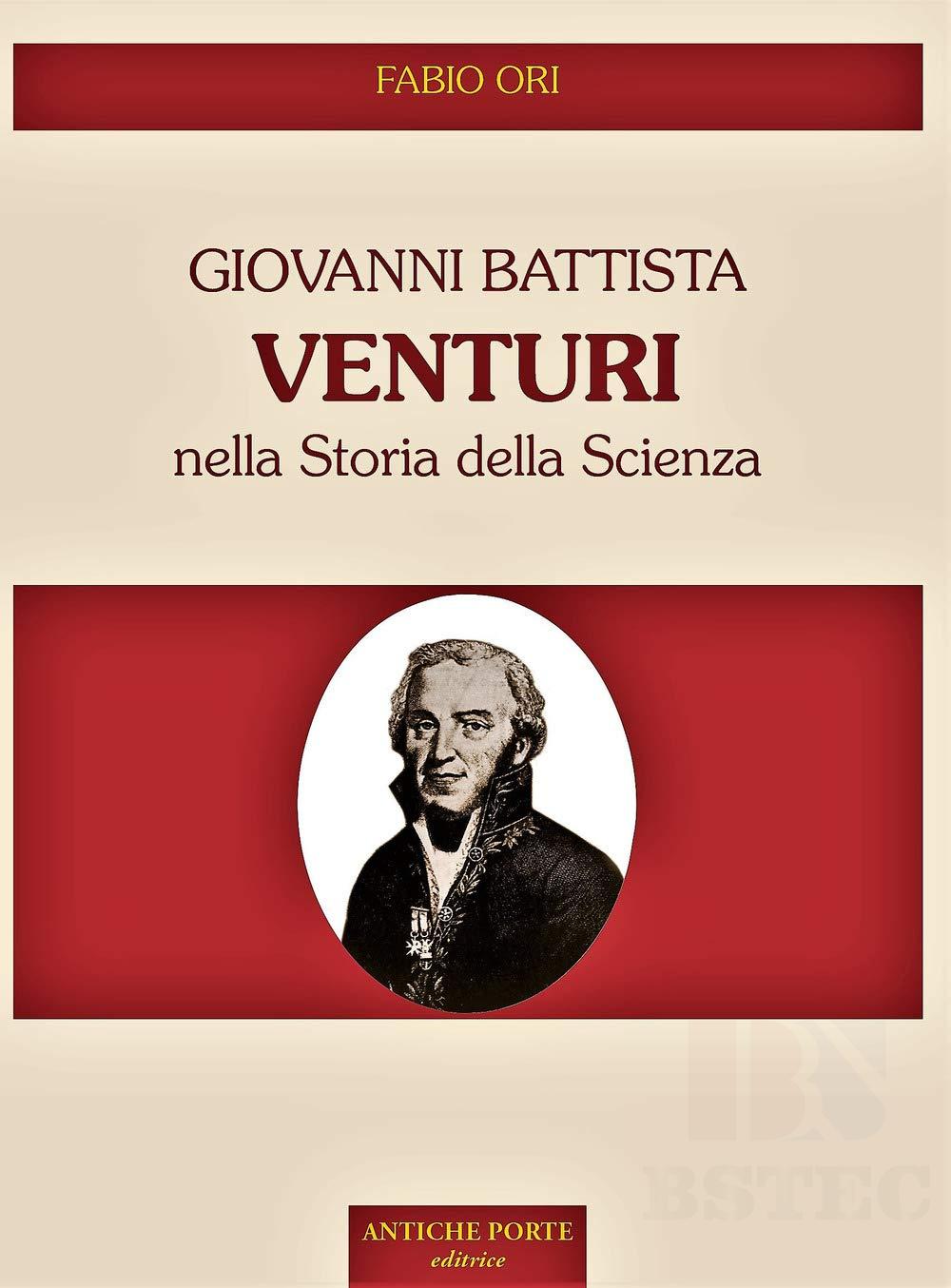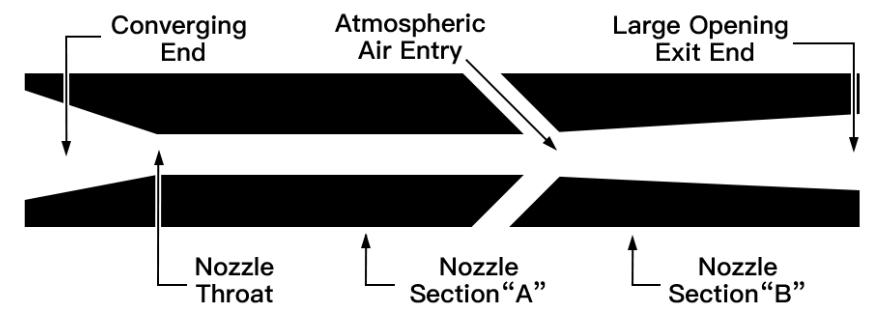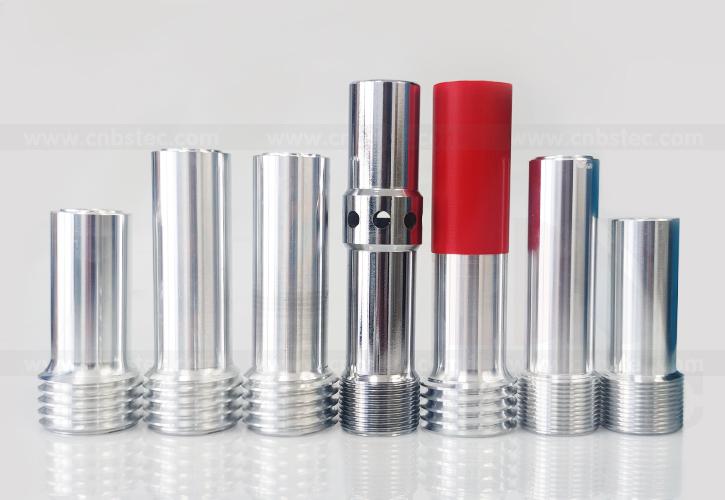A Short History and Development of Venturi Abrasive Nozzles
A short history and development of venturi abrasive nozzles
Short History of Sandblasting and Abrasive Nozzles
The process of sandblasting started around 1870 with a man named Benjamin Chew Tilghman, who observed abrasive wear on wind-blown desert windows. Tilghman also noticed the effect that high-velocity sand could have on hard material. Then he began designing a machine that could propel sand at speeds much faster than the wind - and could concentrate this flow into a small stream. A nozzle mounted onto a moving platform, which could be used to guide the nozzle across the substrate.
You may see the simple structure of sandblasting machine from the photo below.

Pressurized air was supplied through the nozzle. The blast nozzle gives sand the velocity required for productive blasting. This was the first sandblasting machine, and the first use of the nozzle is called a straight bore nozzle.
Until the mid 1950’s, all sandblasting nozzles were straight bore. They had a tapered converging entry, a parallel throat section, and a full-length straight bore and straight exit. Over time, blast operators noticed that as the interior of these nozzles began to wear and erode away, a larger and more efficient blast pattern resulted. This observation led to the development of the venturi design.
The Birth and Development of the Venturi Nozzle
Despite the Venturi nozzle not appearing in sandblasting until the 1950s, the Venturi effect was in existence long before. The scientific basis for the venturi design started with the work of Swiss mathematician and physicist Daniel Bernoulli, who discovered that a reduction in pressure of fluid resulted in an increase in the fluid’s velocity. He published this discovery in his book Hydrodynamica in 1738, and it became known as Bernoulli’s Principle.

Later in the 1700s, this work was supplemented with a complementary theory from Italian physicist Giovanni Battista Venturi. Venturi is credited with the discovery of the reduction in fluid pressure that occurs when fluid flows through a constricted section of a pipe. This became known as the Venturi Effect.
The Design of the Venturi Nozzles
The venturi nozzle is designed in a long tapered converging entry, with a short flat straight section, followed by a long diverging end which widens as you reach the exit end of the nozzle.

Venturi nozzles can increase productivity by as much as 70% due to the larger abrasive pattern that results as well as due to the increase in velocity of the abrasive as it exits the nozzle. In fact, the velocity (outlet speed) of the exiting abrasive can be nearly double that of a straight bore nozzle, and this is the force that cleans a surface faster.
Double Venturi Blast Nozzles is a type of special venturi nozzle.
The double venturi style (like the drawing) can be thought of as two nozzles in series with a gap and holes in between to allow the insertion of atmospheric air into the downstream segment of the nozzle. The exit end is also wider than a standard venture blast nozzle. Both modifications are made to increase the size of the blast pattern and minimize the loss of abrasive velocity.

BSTEC offers high-quality standard venturi nozzles and double venturi nozzles, so if you are in the market looking to upgrade your operation, you may contact us for more details.














